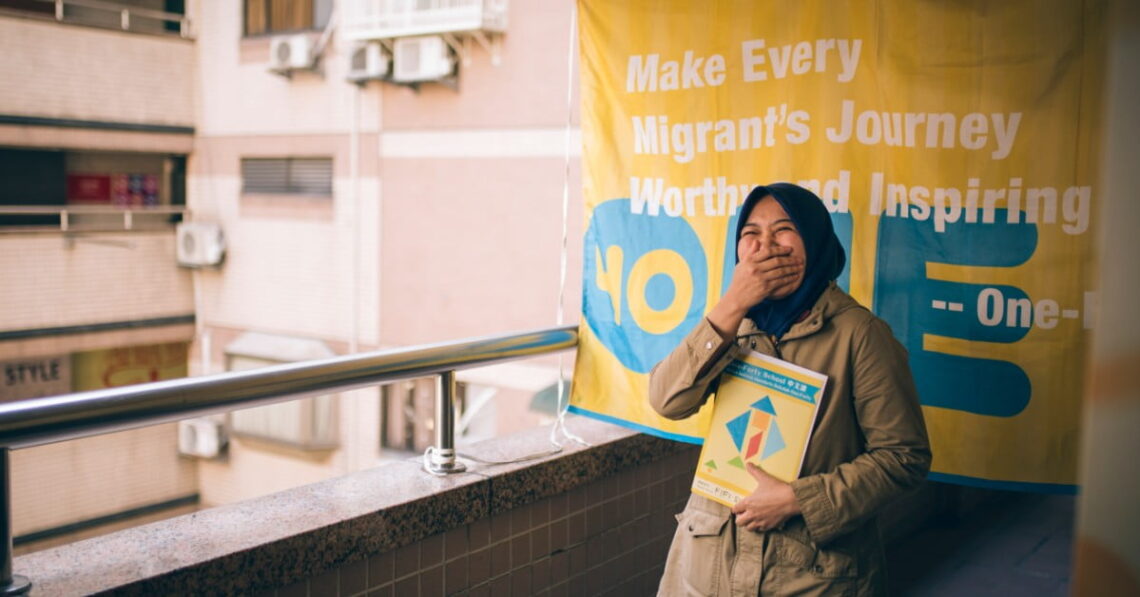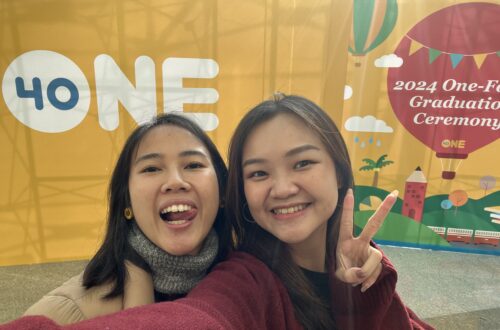Hello readers,
I am planning to post weekly about my current interest in Indonesian migration and return. This is an idea that an advisor suggested so that I stay true to my career goal. I am hopeful that I can remain consistent because it’s set in my Reminder app.
Why Indonesian Migration and Return?
This year I have focused more on Indonesian migrants’ education and livelihood options. Taking a class with Professor Fernando Reimers on “Educational Innovation and Social Entrepreneurship in Comparative Perspective” gave me the opportunity to explore Indonesian migrants’ educational experiences in Taiwan and the gap in migrant reintegration programs upon returning home. Indonesian migrant workers can stay up to 12 years in Taiwan as formal workers and up to 14 years as informal workers (e.g. domestic caretakers). It is therefore a prerogative to analyse what lies beyond their temporary employment. What I learned so far from our research on this subject is the intersection between migrant education and the following topics:
- Gender (the majority of Indonesian workers in Taiwan are women)
- Family separation (children left behind)
- Rural economic development
- Small businesses
- Women-led cooperatives
- Export-import businesses
- Climate change (low yield in rural areas due to the changing climate)
- Geopolitics (hardship endured by migrant workers’ families in Javanese villages is related to the rise of staple prices, such as rice, due to the sharp rise of fertilizer’s price – because Indonesian imports its fertilizer from Ukraine
- Eco-tourism
- Language as resource (but how to use that gained fluency in Mandarin?)
Isn’t that interesting?
Thankfully, I have the privilege to work with two organisations this year: One-Forty in Taiwan and International Office for Migration (IOM) – UN Migration – in Indonesia. I have started working with IOM as a consultant since 27 May, while I will start working with One-Forty as a Senior Migrant Education Specialist on August 15.
What did I learn this week?
This week, I learned more about the Indonesian diaspora through my contract with IOM. What surprised me was the presence of undocumented Indonesian migrants in the U.S. – Alaska! – and Macau. Moreover, there are Indonesians in conflict-risk areas such as Yemen, Syria, and Iran. More surpisingly, the Indonesian Student Association or Perhimpunan Pelajar Indonesia (PPI) in these countries are active on social media. PPI Syria even disseminates information on scholarships to Damascus on its Instagram for religious studies (bachelor’s degree and diploma).
I also discovered covert cooperation between the Indonesian government and certain countries in Africa, such as Uganda, DRC, and Sudan, which would explain the presence of Indonesians in these countries. This information is hard to come by through news articles, thus I would need to hear from the Ministry of Foreign Affairs representatives themselves. If I do hear from them, I can’t publicise the information here. According to ANTARA news, however, Indonesians in Congo mostly work in the forestry, mining, and military sectors while those in Uganda work in the agricultural sector.
Where else do Indonesians live (where conflicts or natural disasters are concerned)? I never would have guessed Myanmar. It became clear through secondary literature that human trafficking is an issue in Southeast Asia. There are accounts of Indonesians who are lured into employment prospects in Myanmar, Cambodia, the Philippines, and Thailand only to be forced into indentured work. In this case, the threat of conflict is linked to personal safety and the Indonesian government representatives in this region must be prepared for repatriation work.
That’s all for this week!
Warmly,
Elhana
Discover more from Elhana S.
Subscribe to get the latest posts sent to your email.




